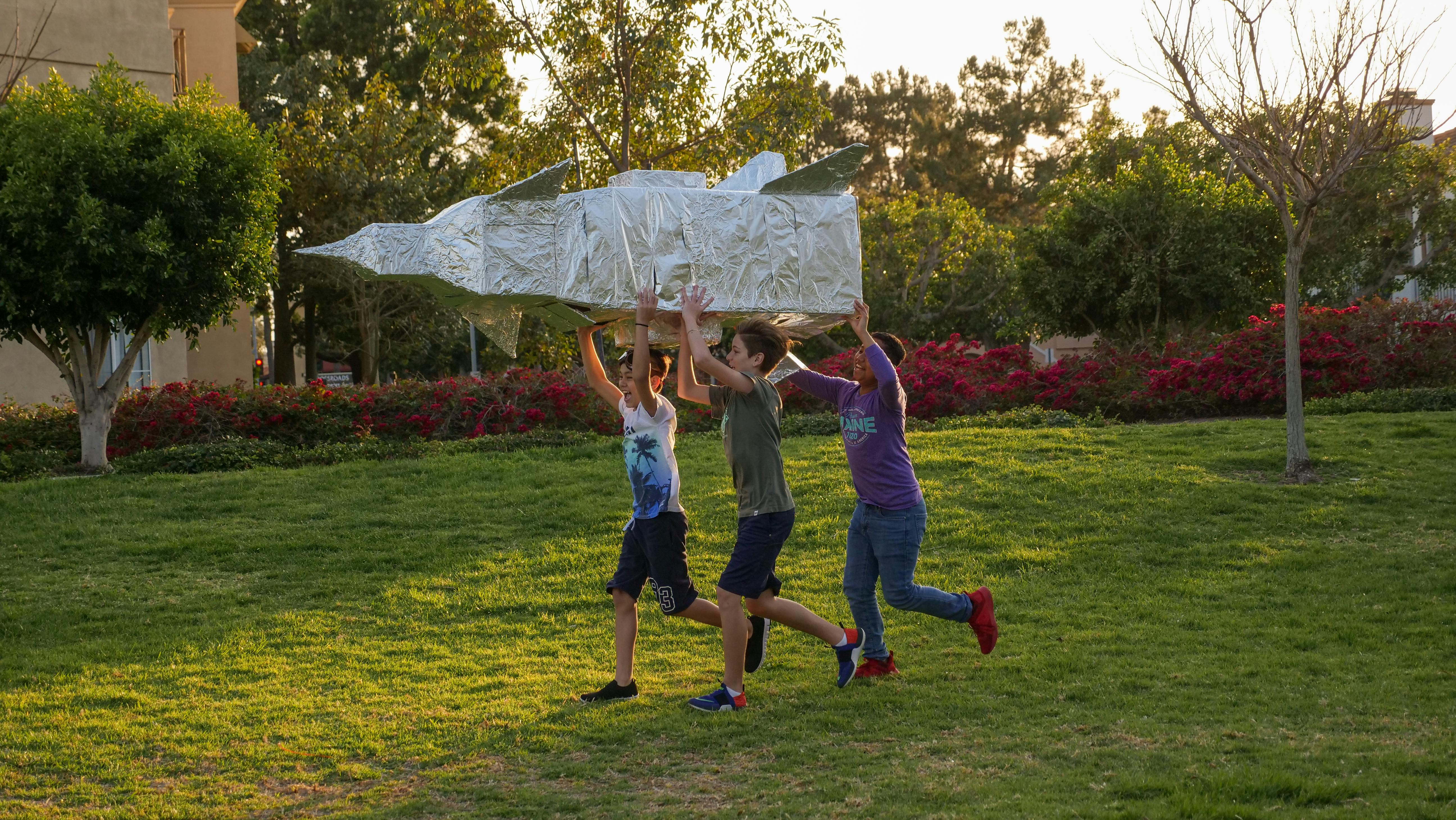
Italian ceramics: how ceramic tableware becomes art
Dragons. roosters Biscuit jars. Oh my! Raffaellesco. Rich. Mixed Fruit. Fresh Grape. I am hook, line and sinker captivated by their expressions, color and Soul. This is not just pottery; It is Italian ceramics, majolica, Deruta ceramics, Italian crockery, ceramiche, some of the names by which these works of art are called. Welcome to a world where every meal becomes a celebration, served on “canvas”, hand-painted by masters or artists who have studied with masters, who spend hours lovingly and skillfully creating their modern masterpieces!
This world is like living in Santa Fe, NM, my hometown. Either you love magic or you wonder what all the excitement is about. Italian pottery is crockery, tableware, crockery and kitchen accessories, but not a mere accumulation of plates and bowls. It’s an adventure. It’s art. It is an education. It is pure pleasure! It implies an unfolding of centuries. It honors the tradition of artist-craftsmen handed down from generation to generation. It leads you to name places like Deruta and Orvieto. It encourages you to stretch out the last syllable of fun words to say out loud like Alcantara, Limone and Lunetta. And the colors – the colors dance before your eyes making you so happy they can make you cry!
It takes a bit of familiarization to understand this world of Italian pottery. Let’s take Raffaellesco as our example today. One of the most recognized and enduring Italian ceramic patterns, Raffaellesco is a “design”, inspired by the frescoes of his namesake, Raphael (Italian Renaissance artist, 1483-1520). A stylized, mythical dragon is often central to this famous pattern, and sometimes two or three! Beyond their whimsical appearance presented in luscious shades of deep yellow, hints of red, blue, and green, why would you want a dragon collection? well they are symbols of good fortune. Those flourishes that spring from her puffy cheeks symbolize good winds. Dragons, as old world stories say, were providers of mythical relief from stagnation for seafaring merchants. (I think dragons still inject energy into Italian oven fires today, inspiring both their own continued production and their new offspring.)
But I digress. There are so many patterns presented as Raffaellesco, that at first it looks like a complicated maze. While the patterns have similarities, the designs differ markedly, as do their shapes and sizes. But why? It turns out that the explanation is very simple and demonstrates the importance of this precious motif for the Deruta culture. The abundance of variations in the Raffaellesco pattern results from Many independent studios and companies in the town of Deruta (Perugia, Umbria) that produce Raffaellesco.
A musical analogy comes to mind. Think about your favorite song, the number of artists who sing it, and the “stages” they perform on: small nightclubs, concerts in Central Park, recording studios, etc. Each artist gives the song a very personal interpretation, one more masterful than another. Depending on the artist’s reputation, his popularity, and your level of “ecstasy,” you can pay a lot of money to see him in person and take home a signed copy of his CD to add to your music collection. But regardless of who sings it, you recognize the song.
The same goes for the Raffaellesco “collection” and other “Made in Italy” ceramic collections. Artistic interpretations make the difference. The production process and techniques, the attention to detail, the devotion to tradition, the legacy, all affect the resulting authentic product and its value. The result is hand-made, hand-painted works of art, the “canvas” on which you can present your pasta, grilled vegetables, roast meat or burgers and which you can linger over for an espresso or tea. And, if after dinner you return those Italian pieces to prominence in a glass-front cabinet or on a wall, perfect. After all, it is functional art, made to give you euphoria and visceral pleasure, no matter how you choose to live with it.